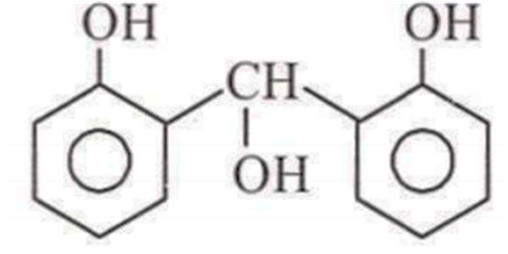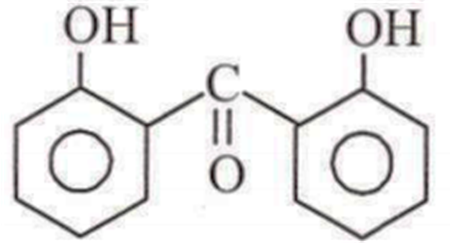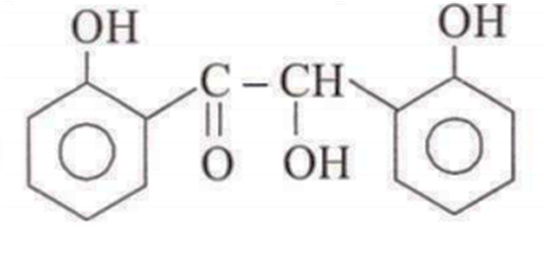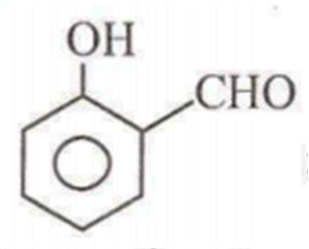 Multiple Choice Questions
Multiple Choice QuestionsAsssertion: CH3-C(COOC2H5)=CH-COOH is 3-carbethoxy-2-butenoic acid.
Reason : Principal functional group gets lowest number followed by double bond or triple bond.
If both assertion and reason are true and reason is the correct explanation of assertion.
If both assertion and reason are true but reason is not the correct explanation of assertion.
If assertion is true but reason is false.
If both assertion and reason are false.
Assertion : Aldol condensation can be catalysed both by acids and bases.
Reason : -Hydroxy aldehydes or ketones readily undergo acid catalysed dehydration.
If both assertion and reason are true and reason is the correct explanation of assertion.
If both assertion and reason are true but reason is not the correct explanation of assertion.
If assertion is true but reason is false.
If both assertion and reason are false.
Assertion : Benzene on heating with cone. H2SO4 gives benzenesulphonic acid which when heated with superheated steam under pressure gives benzene.
Reason : Sulphonation is a reversible process.
If both assertion and reason are true and reason is the correct explanation of assertion.
If both assertion and reason are true but reason is not the correct explanation of assertion.
If assertion is true but reason is false.
If both assertion and reason are false.
The reaction C2H5ONa + C2H5I C2H5OC2H5 + Nal is known as :
Kolbe's synthesis
Wurtz's synthesis
Williamson's synthesis
Grignard's synthesis
Identify Z in the reaction.





B.

The Cannizzaro reaction is when a non-enolizable aldehyde reacts with itself in a strong base, such as sodium hydroxide (NaOH), to form a carboxylic acid and an alcohol. A non-enolizable aldehyde is one that has no alpha hydrogens available for the aldehyde to form an enol.
So, here X is  : which undergoes Cannizzaro's reaction to give Z.
: which undergoes Cannizzaro's reaction to give Z.
Toluene on treatment with CrO3 and (CH3CO)2O followed by hydrolysis with dil. HCl gives
benzaldehyde
benzoic acid
phenol
phenylacetaldehyde.
Prolonged exposure of fat or oil in moist air and light causes bad smell (rancidity). It is due to
formation of C6 - C12 fatty acids
formation of ketone and aldehyde
both of these causes
formation of glycerol.
2 - pentanone and 3 - pentanone can be distinguished by :
cannizaro's reaction
iodoform reaction
aldol condensation
Clemmensen's reduction
